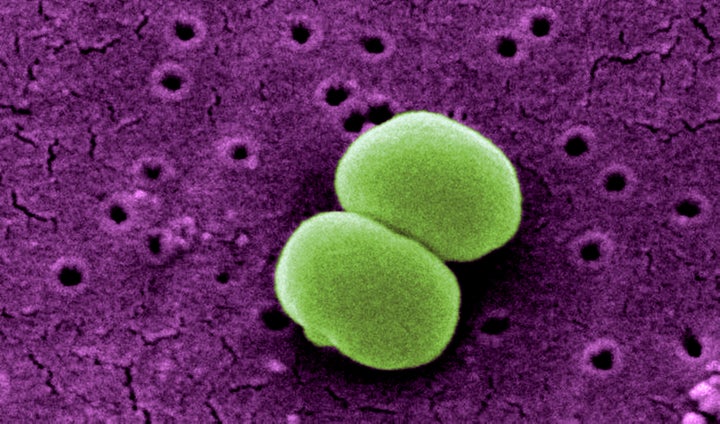There are thousands of microbial species crawling around your home right now -- and they can reveal a lot about you and anyone else who lives there.
That's according to a study published Wednesday in the Proceedings of the Royal Society B. The study reveals the surprising amount of microbial diversity in the average household, and what kinds of secrets those microbes hold.
What exactly can scientists learn about you from a single sample of the dust in your house?
"We can, to some degree, figure out where you live (or at the least the climate where you live), [and] who you might live with (including dogs and cats)," Dr. Noah Fierer, a microbial ecologist at the University of Colorado Boulder and co-author of the study, told The Huffington Post in an email. "More generally, we can figure out what potential allergens you may be exposed to inside your home."
For the study, the researchers examined roughly 1,200 homes across the U.S., analyzing the indoor and outdoor dust at each home.
The researchers found that, on average, most homes contain more than 5,000 different species of bacteria and around 2,000 species of fungi.
But don't panic. As Fierer told the Los Angeles Times, most of these household microbes are completely harmless, and some may even be beneficial.
The researchers also analyzed which factors influence each home's different fungal and bacterial communities.
"For fungi, the biggest influence appears to be where your house is located," Fierer told HuffPost. "For bacteria, it appears to be the human and non-human animals (i.e. dogs and cats) that you live with."
(Story continues below.)

This scanning electron microscope image shows the bacterium Staphylococcus epidermidis, one of many bacteria species found on human skin.
For instance, bacteria found in your home can vary depending on the number of men and women who live there, Live Science reported. Clues to the men-to-women ratio in a home can be found in many of the local microbe populations, including skin, vaginal and even armpit bacteria.
Meanwhile, the kinds of fungi residing in and around your home will vary according to your location. For example, you get different kinds of fungi if you live near a beach than you would if you live in the mountains.
"One of the key takeaways is that if you want to change what you breathe inside your house, you would either have to move very far away or change the people and the pets you live with," Albert Barbarán, a graduate researcher at the university and lead author of the study, said in a press release.
The researchers noted that their findings could be used to help forensic investigations, as well as to better our understanding of the microbes that we often forget we share our humble abodes with.
“Every day, we’re surrounded by a vast array of organisms in our homes, most of which we can’t see,” Fierer said in the same press release. "We live in a microbial zoo, and this study was an attempt to catalog that diversity."
How exactly do microbes colonize and control your home and body? Check out the "Talk Nerdy To Me" episode below to find out.
